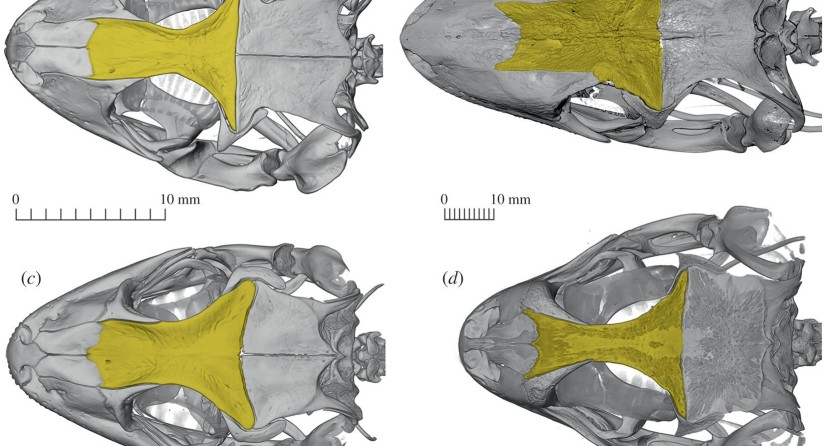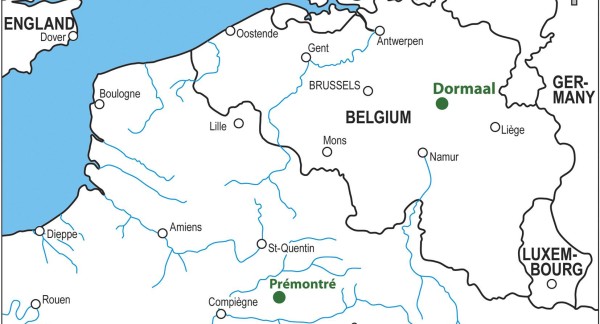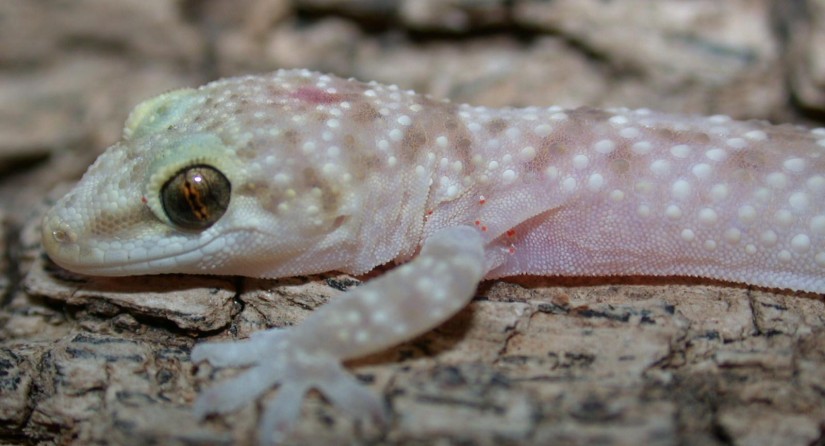Europe's Oldest Gecko Species Lived in Belgium

Paleontologists have described a new extinct gecko species from Belgium. The lizard Dollogekko dormaalensis lived 56 million years ago, making it the oldest gecko species in Europe. 'This discovery provides new evidence for the early history of geckos in Europe,' says Annelise Folie, paleontologist at the Royal Belgian Institute of Natural Sciences (RBINS). The scientists named the new species after the famous Belgian paleontologist Louis Dollo.
Living geckos are found worldwide in tropical and subtropical regions. Most species are adapted to warm climates, so in Europe you will only find them around the Mediterranean Sea. But during the Eocene epoch, 56 to 34 million years ago, it was much warmer in our regions and a lot of thermophilic animals, including geckos, could be found in more northern latitudes than today.

An international team of paleontologists examined a fossil of such a prehistoric gecko from the collections of the RBINS. The fossil was found in Dormaal, a borough of the Belgian town of Zoutleeuw in Flemish Brabant. As it turns out, the fossil belongs to a hitherto unknown species, and represents the oldest remains of geckos known in Europe, together with indeterminate material from Portugal. The new species, Dollogekko dormaalensis, is therefore the earliest living gecko species from Europe described so far.
The only part of this individual that the scientists found was the fossilized frontal bone. However, due to its unique shape and external surface sculpture, it provided enough information to conclude that it was a previously unknown species. This forehead bone therefore immediately became the official type specimen - the (part of the) individual used to describe the species - and will continue to be preserved in the collections of the RBINS.
Greenhouse world
Dollogekko dormaalensis lived during a period known as the Paleocene-Eocene Thermal Maximum (56 million years ago), when Belgium, which today has a temperate marine climate, was much warmer. The new gecko was part of a diverse reptilian fauna of the so-called "Greenhouse World" of this period.
Tropical and subtropical conditions then extended much farther to the poles. In addition, the rise in temperatures during the early Eocene led to a rise in sea level, and many areas of Eurasia were flooded. Europe was an archipelago consisting of several islands. "Given future global climate change and predicted sea-level rise, it is of great importance to understand the distribution of thermophilic, tropical species of the past, as well as the distributions of certain infectious diseases such as malaria," says Andrej Čerňanský, lead author of the study.
What's in a name
When scientists describe a new species, they naturally give it a name. In this case, it was not only a new species epithet (the second part of the scientific name), but also a new genus name (the first part). The species could not be classified in an existing genus because it does not resemble nor lived in the same area than any other gecko species from that period.
The scientists found their inspiration for the species epithet at the location of the discovery of the type specimen: dormaalensis means ‘from Dormaal’. The genus name, Dollogekko, is a tribute to the famous Belgian paleontologist Louis Dollo (1857-1931), best known for his research on dinosaurs, including the Iguanodons, housed at the RBINS. His specialty was the anatomy of extinct fishes and reptiles, including turtles, mosasaurs, snakes, lizards, and dinosaurs.

The study was published in the journal Royal Society Open Science.
This project is a collaboration between researchers from multiple institutions, including the Comenius University in Bratislava, Slovakia (Andrej Čerňanský), Royal Belgian Institute of Natural Sciences (Annelise Folie, Thierry Smith, and Richard Smith), Sam Houston State (Juan Diego Daza) and Villanova University (Aaron M. Bauer) in the United States.





